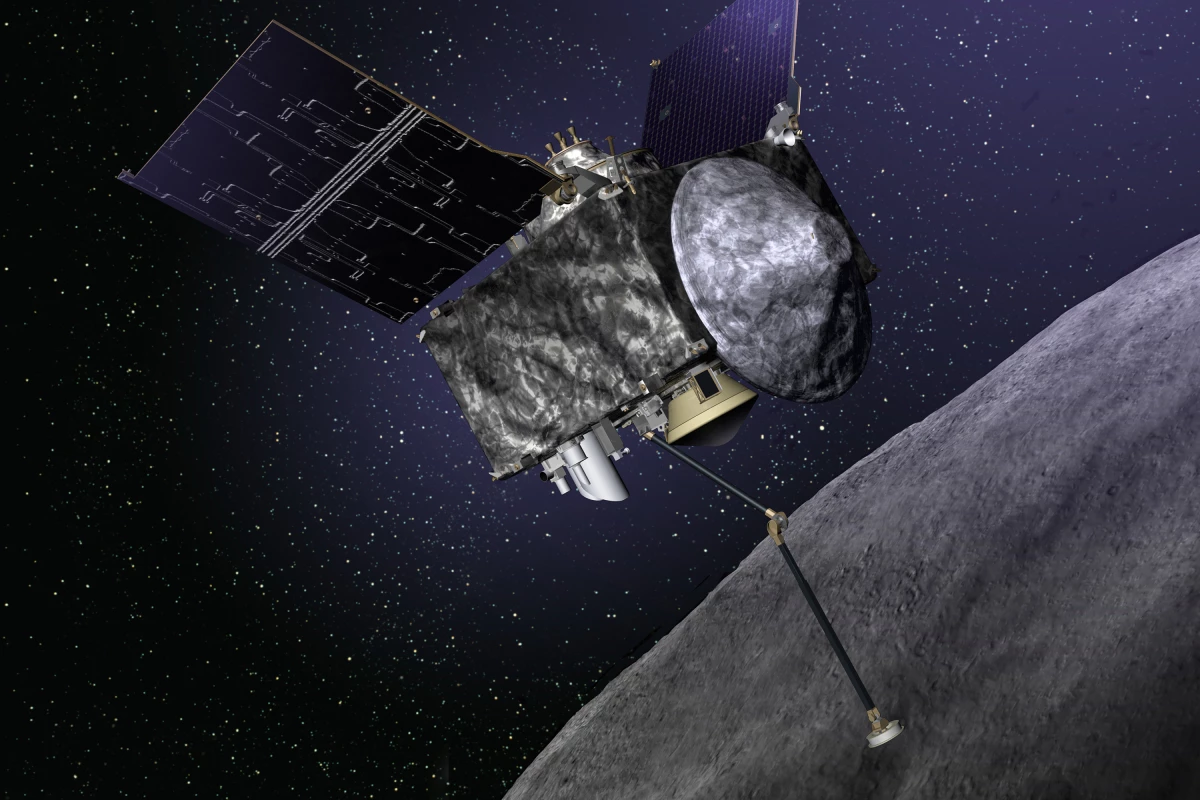Getting hit by a giant asteroid can ruin your whole day, so the first United States mission to visit an asteroid and return a sample presents a huge challenge. Lockheed Martin has announced that NASA’s Origins, Spectral Interpretation, Resource Identification, Security-Regolith Explorer (OSIRIS-REx) mission has passed a comprehensive technical review, giving the green light for Lockheed to begin building the spacecraft in anticipation of a launch in 2016.
Performed by an independent review board made up of experts from NASA and other organizations, the mission critical design review (CDR) was aimed at validating the detailed design of the OSIRIS-REx spacecraft, as well as its instruments and the ground system needed to support it. This is a key step if the mission is to meet its scheduled launch date for late 2016.
The goal of OSIRIS-REx is to rendezvous with the near-Earth asteroid Bennu in 2018. Bennu is one of only five B-types that is of suitable size and orbit for rendezvous and sample return. It’s also one of the most likely asteroids to hit Earth in the next few centuries, so taking a close look has an element of self-interest.

Once it reaches Bennu, OSIRIS-REx will spend a year examining the asteroid, including a detailed study its chemistry, mineralogy and topography, a comparison of telescope-based data with on-the-spot observations and making a precise determination of the asteroid’s orbit. It will then touch the asteroid with a telescopic probe, which will use a blast of compressed nitrogen gas to blow a 2-oz (60 gm) dust sample into a collection filter. The spacecraft will then return to Earth in 2023 and the sample will make a landing using a Sample Return Capsule of the same design as that used for returning comet samples on previous missions.
“Passing CDR is a significant milestone in our program,” says Rich Kuhns, program manager at Lockheed Martin Space Systems. “We have now completed the spacecraft design and are transitioning into fabrication as we prepare for the assembly, test and launch operations phase of the mission.”
The video below outlines the OSIRIS-REx mission.
Source: Lockheed Martin





